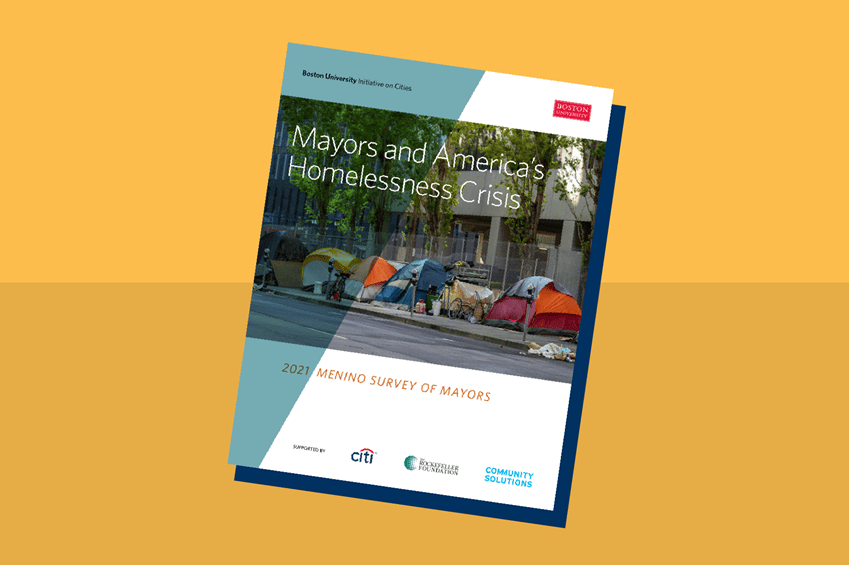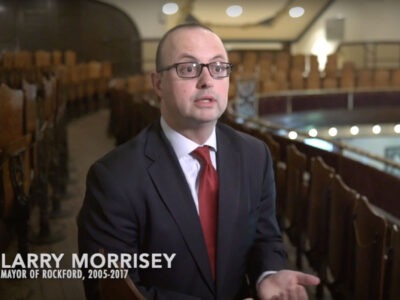Elected leaders are demonstrating that they have a critical role to play in helping communities measurably and equitably end homelessness.
Local and state elected officials have a critical role to play in helping communities equitably and measurably end homelessness. For example, mayors, county executives, and governors in Built for Zero have served as powerful accelerants in helping communities drive towards functional zero, by exercising their convening power, garnering resources to support population-level outcomes, and creating accountability for reductions.
Questions to ask
● Are we all aligned behind a commitment to population-level reductions in homelessness as the critical measure of our success as a city/county?
● How will this support the community’s shared aim of functionally ending [target population] homelessness?
● Is the community currently driving population-level reductions in homelessness?
● How will this [effort, investment, intervention] help communities drive population-level reductions in homelessness, and how would we know?
● Is real-time, by-name data informing these decisions, and where is that data coming from?
Actions to take
1. Create shared accountability.
Communities must shift away from defining success at the program level and move toward accountability for population-level outcomes. Use your convening power to ensure collaboration across all actors working on homelessness and create shared accountability for population-level reductions.
2. Set a shared aim.
Communities must work together to achieve a shared aim around ending homelessness, with a focus on reaching functional zero for target populations. Educate constituents, journalists, and other policymakers on functional zero, and the aim the community is working toward. Ensure that all stakeholders are working toward this shared aim.
3. Help communities establish and use quality, real-time data.
Communities must use quality, real-time, person-specific data to understand the nature of homelessness at a population level, guide their strategies, and track whether those efforts are driving population-level reductions in homelessness. Release the number of people experiencing homelessness publicly, month over month (See this dashboard from Charlotte and Mecklenberg County, North Carolina). Also use your convening power to help your community ensure that everyone is contributing to, and maintaining, this quality, real-time, by-name data.
4. Use data to strategically allocate resources for reductions in homelessness.
Communities must use real-time data to secure the housing resources they need and target them for the greatest possible reductions in homelessness. Help your community target housing and other resources for the greatest possible reductions in homelessness, rather than individual outcomes or maintaining legacy efforts if they do not contribute to population-level results.
Homelessness Policy Recommendations
Four recommendations that would scale the impact of the progress we are seeing in communities
Key Resources

RESEARCH
What do mayors think about homelessness?
Read key findings and recommendations from the 2021 Menino Survey of Mayors first report on homelessness.
Homelessness is solvable.
Communities in the Built for Zero movement are proving it.


